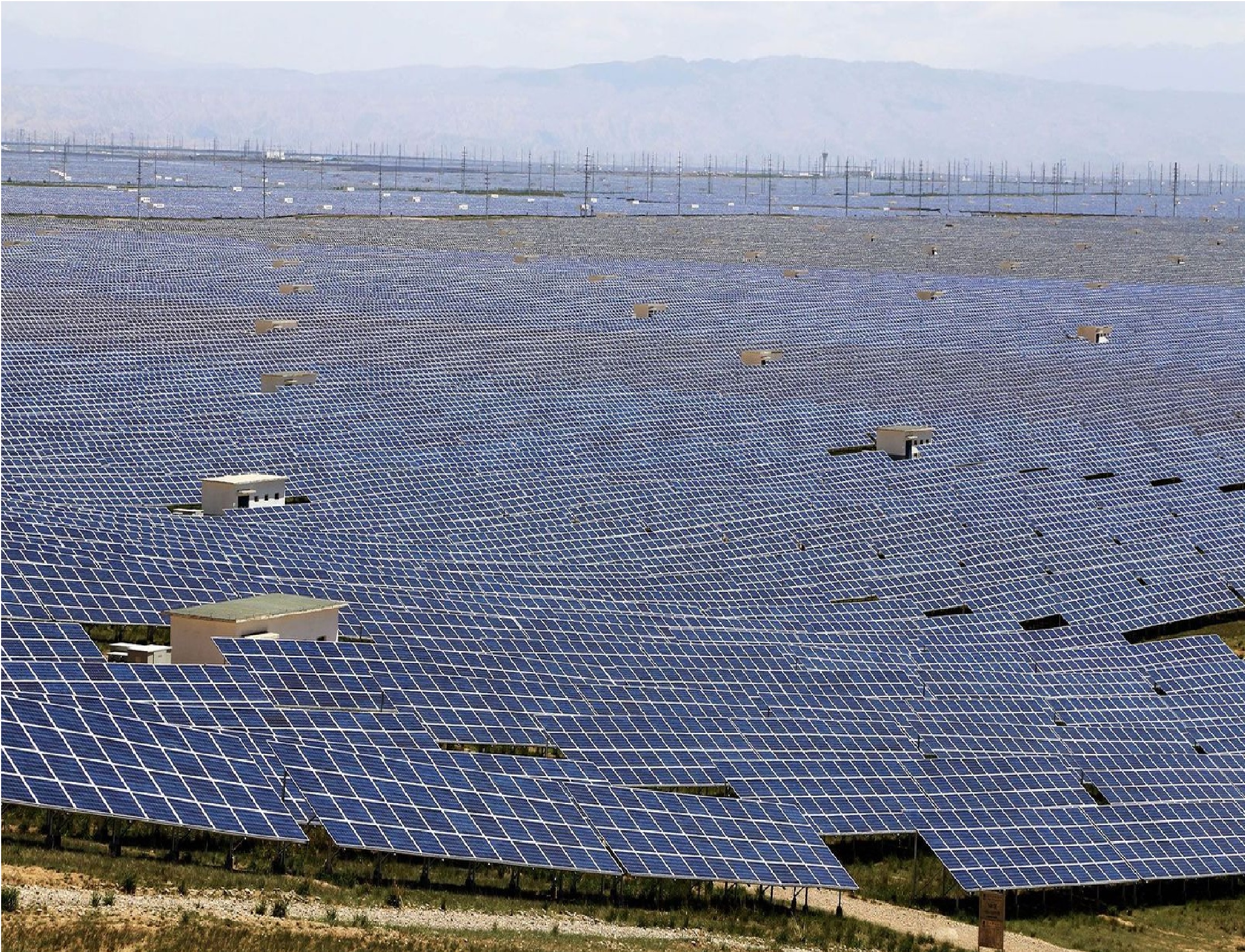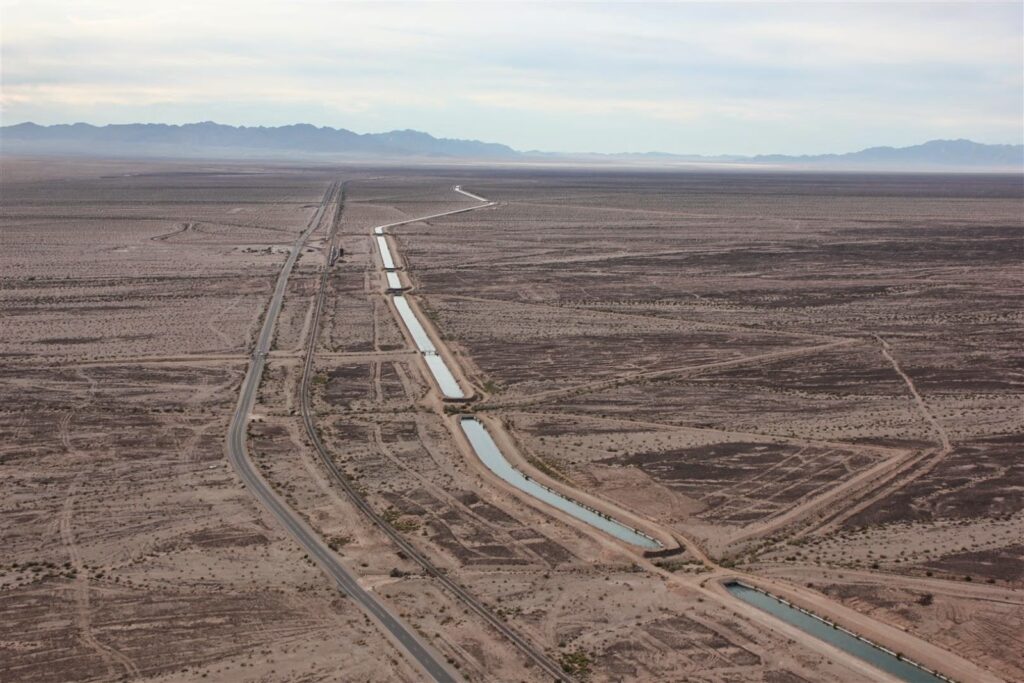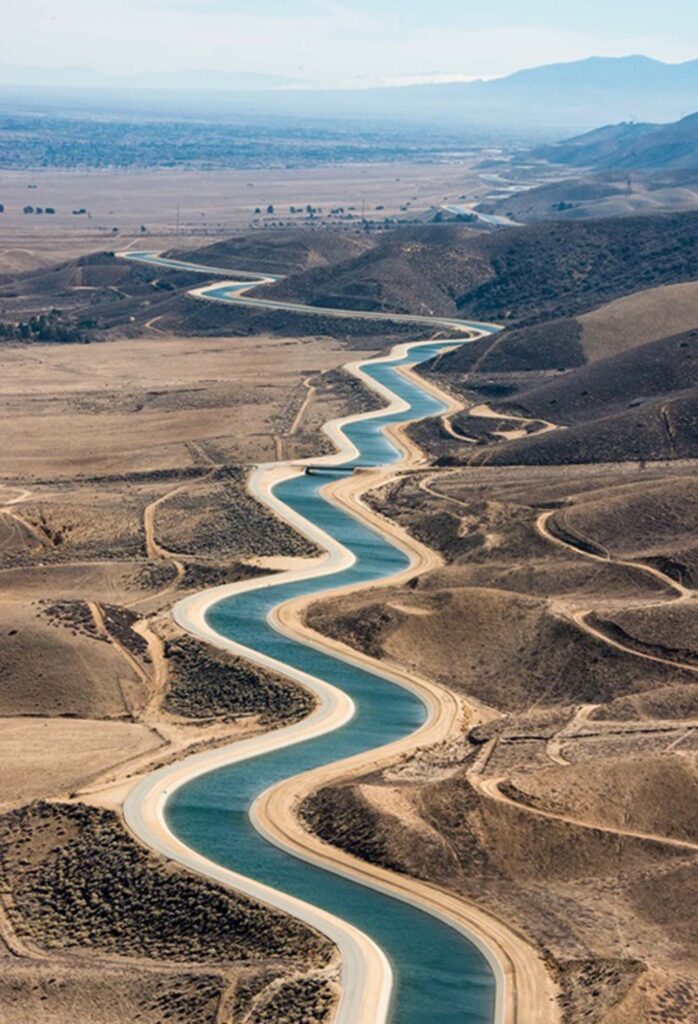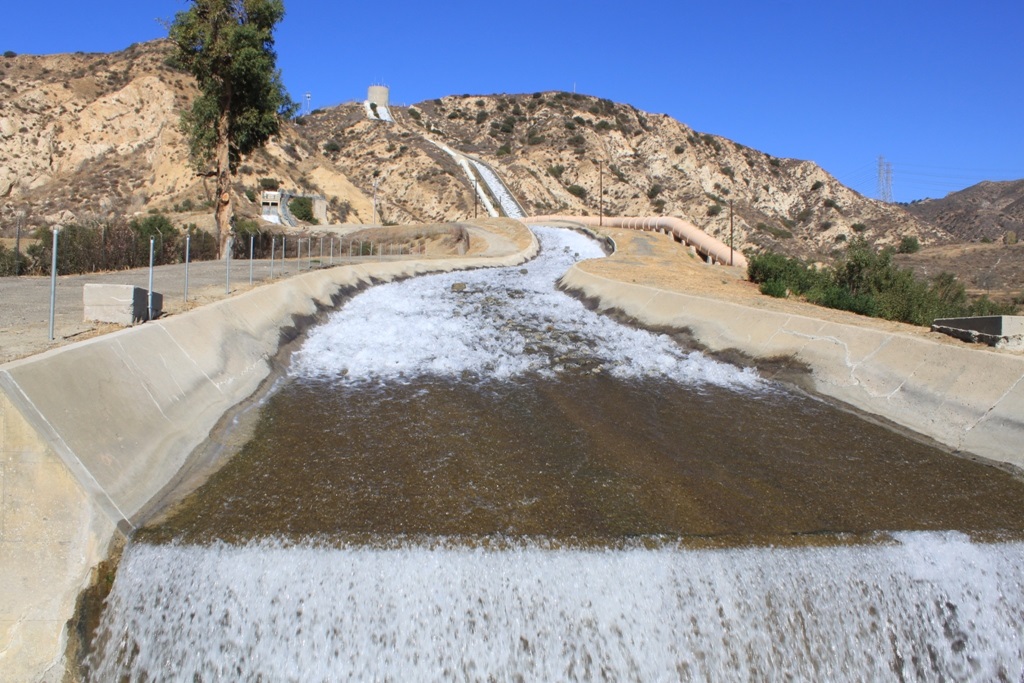
Caveats
This is not a treatise. Rather, it’s an expanded explanation of Figure 1 and attendant preliminary calculations meant to encourage professionals in any and all relevant fields to either correct, validate or reject them.
Parameters
Not only are local characteristics and circumstances unique, so are the ever-evolving boundaries of science and technology. As a result, all potential locations require substantial adjustments. This synopsis is only about California.
Electricity and Hydrogen
Although electricity can be transmitted overland, it cannot be shipped across the ocean. In contrast, while not cheaply, hydrogen can be stored, piped, and shipped. Accordingly, non-landlocked countries with an abundant, reliable source of renewable energy such as geothermal (as in Iceland’s case) or with high solar irradiance, and that are presently compelled to earn hard currency to pay for the hydrocarbons they consume, would have an extraordinary opportunity to flip their cash flow 180 degrees!
Water
Since time immemorial humans have been largely at the mercy of the natural water cycle, even with reservoirs and desalination. And climate change is exacerbating the dependence. The rate at which glaciers are melting is accelerating virtually everywhere, many of the world’s great aquifers are critically stressed, some beyond the tipping point, and the planet’s vast deserts cannot be irrigated to plant trees and grow additional food.
Concept
This proposes a three-phase interaction between solar energy, seawater, hydrogen and gravity to generate a surplus of electricity and create a new source of pure water. The rationale for this proposal is explained here. Phase 1 consists of excavating a sea-level canal from the Pacific Ocean to Death Valley; the price tag of this is estimated here. In Phase 2 residential dwellings and solar farms transmit electricity to new electrolysis plants in a (flooded) Death Valley. In Phase 3 the hydrogen produced in Phase 2 is used to generate electricity and produce steam. The steam is collected, condensed and stored at room temperature. Subsequently it is piped by gravity to either a series of small cascading hydro generators on the side of the mountain or to a large generator at the bottom.
At night, when the demand for electricity is less, the electrolysis plants would either use batteries or burn some of the hydrogen itself to. A variation of this concept is currently under construction in Chile. The justification for the cascading generators shown in Phase 3 is explained here. Crucially, expensive dams are not required.
Since nothing on the scale of Death Valley has been tried before, it’s impossible to know how many rooftops would participate or what the size and rated capacity of future solar farms might be. As a result, any projections of future performance might be inaccurate and misleading. Therefore, feasible goals might be considered such as:
• Producing enough hydrogen to replace fossil fuels used in the state to power vehicles and generate electricity;
• Creating a new source of water to make the California and Colorado River Aqueducts superfluous. Not only would that save a lot of electricity, surplus water might then be made available to the San Joaquin Valley, Nevada, Arizona, and northwestern Mexico.
• Calculating how many rooftops equipped with solar panels would be required to produce the hydrogen that would replace the fossil fuels and produce the water.






